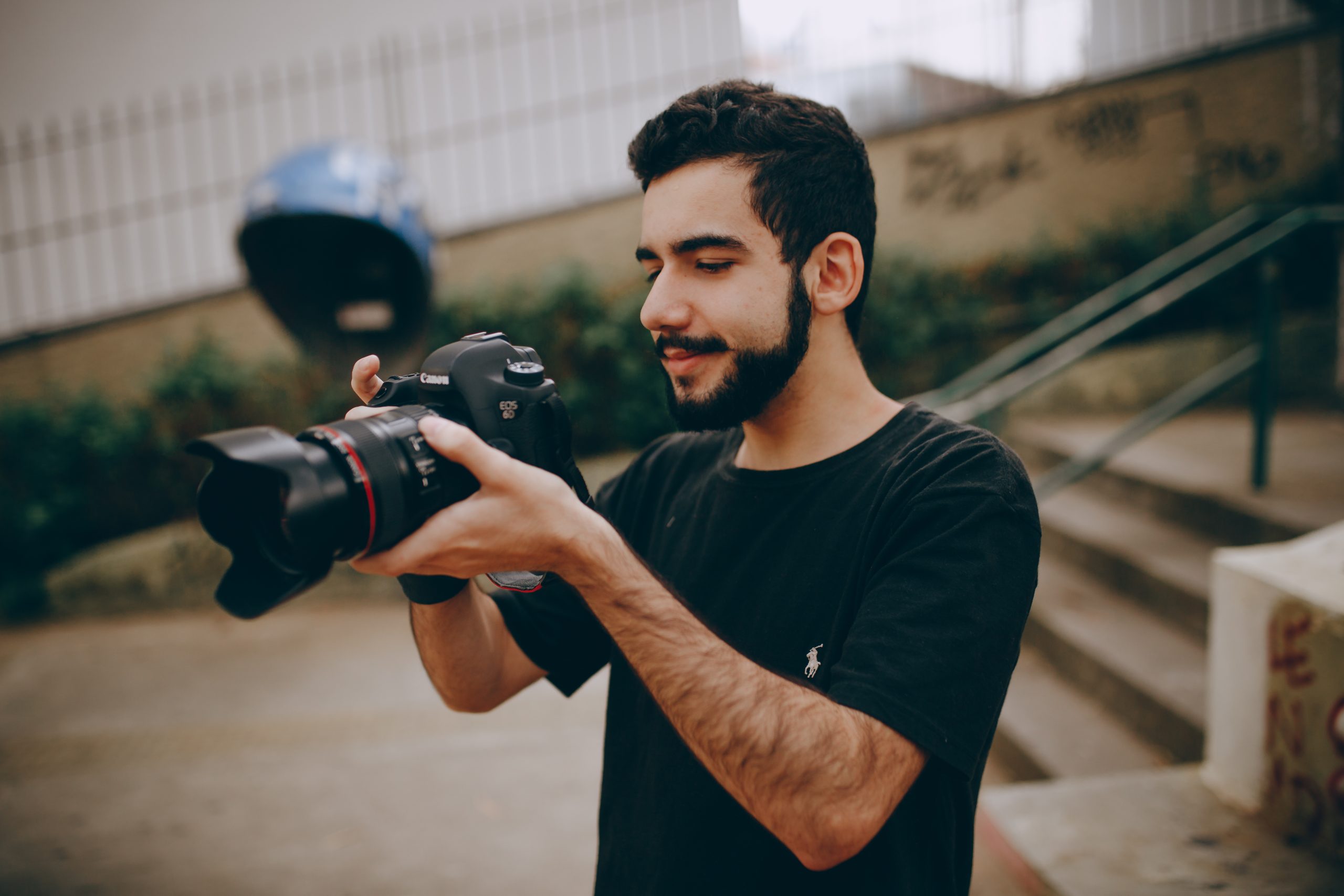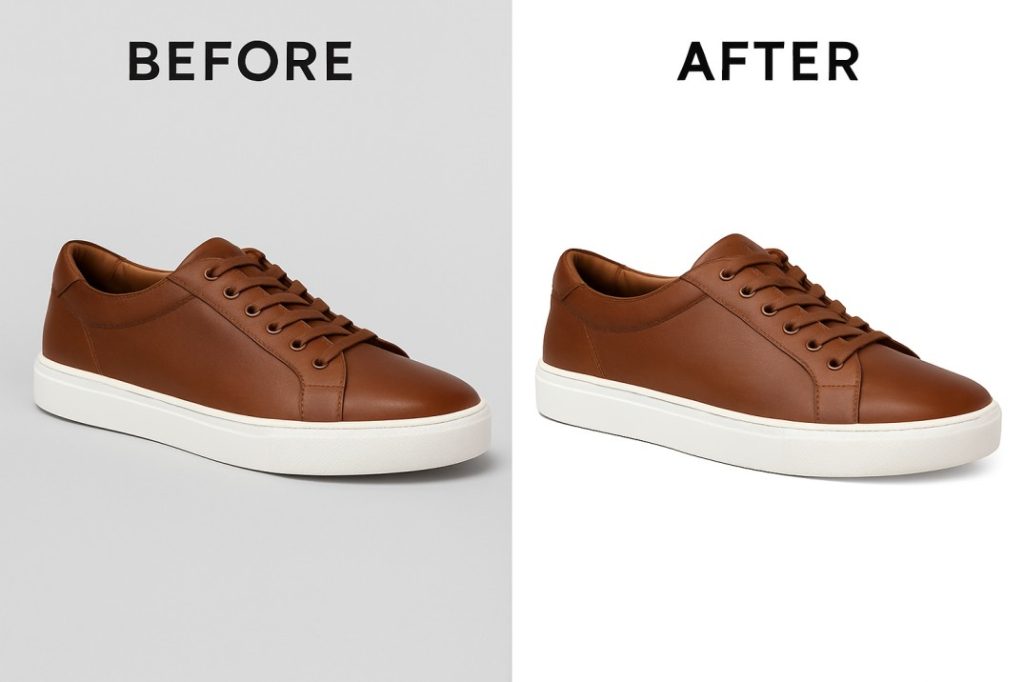Do you dream of turning your passion for photography into a full-time career? How to Become A Freelance Photographer is one of the best ways to combine creativity with independence. As a freelancer, you have the freedom to choose your clients, projects, and style of work—whether it’s weddings, portraits, fashion, or commercial photography. But how do you actually start? In this detailed guide, we’ll walk through the exact steps on how to become a freelance photographer, the skills you need, how to find clients, how to set your prices, and the mistakes to avoid so you can build a successful career.

Table of Contents
Step 1: Develop Your Photography Skills
Before anything else, you need to master your craft. Freelance photography is competitive, and clients will only pay for high-quality work. Learn the basics of aperture, shutter speed, ISO, and composition. Experiment with different genres such as portraits, events, products, or travel photography. Practice editing in Adobe Photoshop, Lightroom, and Capture One. A good tip is to create a personal project where you shoot daily or weekly to refine your style.
Step 2: Choose Your Niche
Specialization helps you stand out in the crowded photography industry. Instead of being a generalist, pick a niche that aligns with your passion and has market demand. Popular niches include wedding photography, fashion and lifestyle photography, product and eCommerce photography, real estate and architecture photography, and travel and landscape photography. By positioning yourself as an expert in a niche, you’ll attract clients who are specifically looking for that expertise.
Step 3: Build a Strong Portfolio
Your portfolio is your ticket to getting paid work. Potential clients want to see your style, creativity, and consistency before hiring you. Create a professional website showcasing your best work. Use platforms like Instagram, Behance, or 500px to share your portfolio. Highlight real client projects or personal shoots that reflect your niche. Remember, quality matters more than quantity—showcase 20–30 of your strongest images instead of hundreds.
Step 4: Invest in the Right Equipment
You don’t need the most expensive gear to start, but you do need reliable equipment. A basic freelance photographer setup includes a DSLR or mirrorless camera (Canon, Sony, or Nikon), 2–3 versatile lenses (wide, portrait, zoom), a sturdy tripod, external flash or lighting kit, and editing software like Adobe Lightroom/Photoshop. As you grow, upgrade your gear based on your niche—for example, product photographers may need a macro lens, while wedding photographers might invest in high-quality prime lenses.
Step 5: Set Your Rates and Pricing
One of the biggest challenges for new freelancers is deciding how much to charge. Undervaluing yourself may win clients, but it won’t sustain your career. Common pricing models include hourly rate, per project/package, or per image. For example, a beginner freelance photographer might charge $25–$50 per hour, while experienced photographers often charge $100–$250 per hour. For projects, wedding packages often start around $800–$2,500, product photography might be $5–$20 per image, and event photography could range from $300–$1,500 per event. Research your local market and check what other freelance photographers are charging, then position your rates competitively. Don’t be afraid to adjust as your skills and demand increase.
Step 6: Market Yourself Effectively
Clients won’t just come to you—you need to market your services. Create a professional website with SEO optimization. Use social media platforms like Instagram, Facebook, and LinkedIn to share your work. Join freelancing sites such as Upwork, Fiverr, or Freelancer. Network with local businesses, wedding planners, or creative agencies. Offer free or discounted shoots at the beginning to gain testimonials. The key is consistency—post regularly, engage with followers, and showcase behind-the-scenes content to build trust. how to become a freelance photographer
Here is relevant blog content : How to Rotate an Image in Photoshop
Step 7: Build Client Relationships
Your reputation as a freelance photographer depends on the client experience. Satisfied clients will recommend you and bring repeat business. Communicate clearly before, during, and after the shoot. Deliver on time or earlier. Offer extra touches like sneak peeks or thank-you messages. Word of mouth is one of the strongest marketing tools for photographers.
Step 8: Manage the Business Side
Freelance photography is more than just taking pictures—it’s running a business. You need to handle contracts and agreements to protect yourself and your clients, invoices and payments through PayPal, Wise, or local banking apps, taxes and legal compliance (register your business if needed), and proper backup storage to secure client images.
Step 9: Keep Learning and Growing
Photography trends, technology, and client demands keep changing. Stay updated through online photography courses (Skillshare, Udemy, CreativeLive), YouTube tutorials from professionals, and networking with other photographers. The more you invest in growth, the stronger your career becomes.
Conclusion
how to become a freelance photographer isn’t easy, but it’s incredibly rewarding. By honing your skills, finding your niche, building a strong portfolio, setting competitive prices, and marketing yourself strategically, you can build a career doing what you love. Start small, be consistent, and remember—every successful freelance photographer once started with zero clients. Your journey begins today.
FAQs About Becoming a Freelance Photographer
Q1: Do I need a photography degree to become a freelancer?
No. While formal education can help, most clients care about your skills, creativity, and portfolio.
Q2: How much can a freelance photographer earn?
It depends on your niche and location. Beginners may earn $200–$500 per project, while experienced photographers can charge $1,000+ per project.
Q3: How do I get my first client as a freelance photographer?
Start with friends and family, collaborate with local businesses, or use freelancing platforms to land initial projects.
Q4: What is the best niche for freelance photography?
It depends on your interests. Wedding and commercial photography are high-paying, while travel and lifestyle offer flexibility.
Q5: How do I stand out as a freelance photographer?
Develop a unique style, maintain excellent client service, and market yourself consistently on social media and your website.



